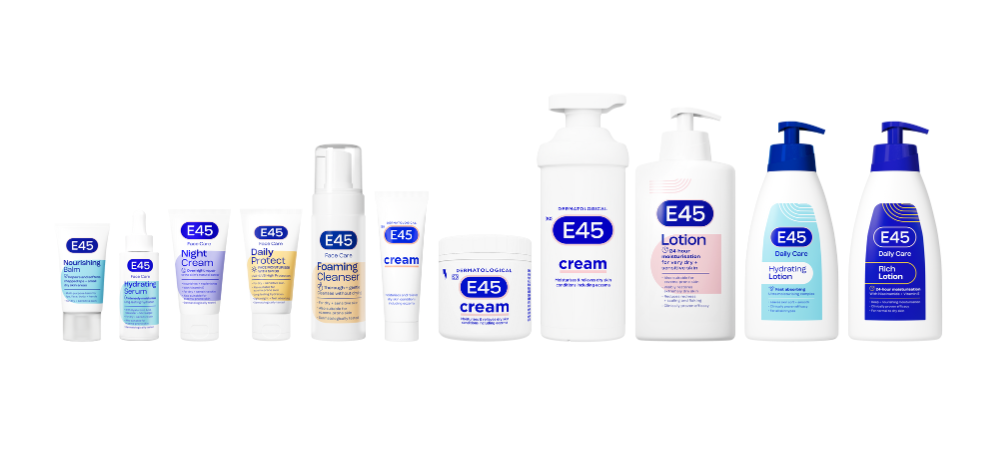Big Firsts. Big Memories. International sensations to appear together on stage for the first time in Johannesburg, South Africa on 10 – 12 October 2025 in ultimate live show experience for the littlest fans of the global phenomenons CoComelon and Blippi. Tickets now on sale at www.blublood.com The international hit kids show CoComelon is coming to life on stages across the world and by popular demand, CoComelon: Sing-A-Long LIVEreturns to capture the hearts of families in Johannesburg at Theatre of Marcellus, Emperors Palace from 10 to 12 October 2025. Fans who experienced the magic of last year’s shows can expect even more joy, more unforgettable memories and a fun surprise when JJ, Cody, Nina, Cece, Ms. Appleberry, and all their friends, with a special guest appearance by Blippi, come to life for a lively Melon Patch musical journey. This interactive live show brings CoComelon’s vibrant world to life, inviting families to sing, dance, and play together. With beloved characters, delightful surprises, and favourite songs like “Wheels on the Bus,” “Animal Dance,” and “If You’re Happy and You Know It,” as well as Blippi singing “The Excavator Song,” it’s a celebration of connection and childhood wonder. Brought to you by Blu Blood in partnership with Round Room Live and Moonbug Entertainment, this spectacular tour brings the worlds of CoComelon and Blippi from screen to stage in an unforgettable way. The character of Blippi will be played by a professional stage performer. “All the fun, music, and adored characters your child loves – now brought to life in a real-world interactive setting that invites young fans and their families to connect, sing, and play together! CoComelon: Sing-A-Long LIVE is specially designed to be a true ‘first’ for little ones and their families and is the perfect way to make memories you’ll cherish for years to come,” shares Osman Osman and Shaaista Khan Osman, co-founders of Blu Blood. “We are absolutely thrilled to continue bringing joy to international audiences through our global tour of CoComelon: Sing-A-Long LIVE – now featuring a special appearance by Blippi,” said Stephen Shaw, Founder and Co-President of Round Room Live. “Blippi’s addition to the show makes this production even more exciting for families, combining two of the most beloved preschool brands in one unforgettable experience.” “This tour has captured so many hearts around the world, creating bonding moments for families,” said Susan Vargo, Head of Experiences, Moonbug Entertainment. “We’re excited to add Blippi’s voice and spirit of curiosity to the tour for the first time ever. It’s a live musical experience families won’t want to miss.” With engaging moments, playful surprises, and nonstop fun, the show delivers a perfect introduction to the magic of live entertainment – creating big smiles for little ones and unforgettable memories for their grown-ups. Tickets for CoComelon: Sing-A-Long LIVE can be purchased via www.blublood.com. For group bookings of 20 or more, please email [email protected]. COCOMELON: SING-A-LONG LIVE! EVENT INFORMATION Venue: Theatre of Marcellus, Emperors Palace, Kempton Park, Johannesburg (near OR Tambo) Performances: Friday, 10 October 2025: 13h00, 16h00 Saturday, 11 October 2025: 10h00, 13h00, 16h00 Sunday, 12 October 2025: 10h00, 13h00, 16h00 Ts & Cs: Babes in arms / infants under 12 months do not require a ticket but will be required to sit on a parent’s lap. Only one babe in arms per adult. Adults will require their own show ticket. No children will be allowed to be left unsupervised. Running time: 70 minutes including intermission Age restriction: Suitable for all ages Bookings: www.blublood.com or www.ticketpros.co.za. Tickets purchased via unauthorised websites will not be accepted. Meet and Greet: R299 per ticket (only children will require ticket). Limited availability for a post-show photo opportunity with one of the CoComelon characters & Ms. Appleberry. About Blu Blood: Blu Blood is a leading entertainment and events company based in South Africa and the UAE, dedicated to delivering exceptional live experiences and premium productions across the regions. With an expansive portfolio, Blu Blood has become synonymous with world-class entertainment, representing a diverse range of international and local artists, as well as producing standout events in music, theatre, comedy, and lifestyle. The company prides itself on its innovative approach to event creation and its commitment to excellence in every aspect of production. By continually pushing the boundaries of what is possible, Blu Blood has solidified its reputation as a trusted partner in the entertainment industry. Whether bringing globally renowned artists to the stage like Enrique Iglesias, Ricky Martin, Atif Aslam, Russell Peters to world-class family productions like Dora the Explorer, Smurfs, PAW Patrol and Blippi, Blu Blood’s passion for storytelling and audience engagement ensures unforgettable moments that resonate long after the curtain falls. About CoComelon & Blippi: CoComelon: Sing-A-Long LIVEpremiered in South Africa in November 2024, with stops in Cape Town, Johannesburg and Durban. In addition to the US and Canada, the tour will visit many more new countries, including India, Indonesia, and the Philippines in 2025. Additionally, Blippi on Tour has traveled the globe multiple times and has delighted millions of international fans throughout North America, the United Kingdom, Mexico, Africa, Asia, and the Middle East. CoComelon is one of the biggest kids’ entertainment franchises in the world, with more than 4 billion average monthly views across platforms like Netflix and YouTube. It follows JJ and his adorable siblings and friends as they go on adventures to explore and learn about the world around them. CoComelon helps kids relate to their earliest experiences, equipping them with skills to embrace life’s earliest lessons, like recognizing shapes, learning to use the potty, or wearing a silly hairstyle for fun. Early learning principles are at the brand’s core, and the show is developed with insights and expertise from child development experts. Blippi turns the world into a playground for preschoolers everywhere. The brand encourages a lifelong love of learning which helps to instill confidence and curiosity at a young age. Blippi has become a worldwide sensation with more than two billion average monthly views across YouTube, Netflix,



































